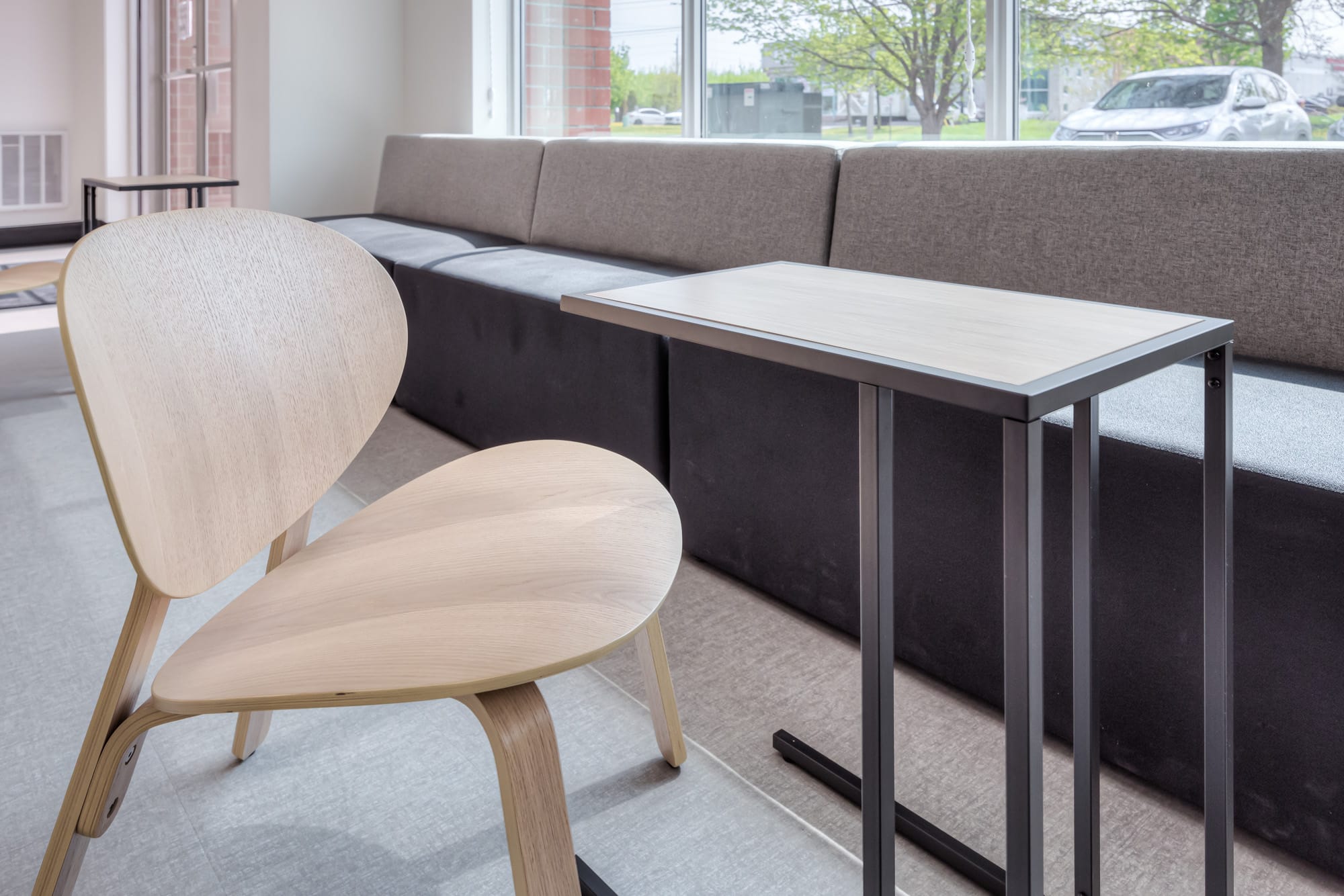As businesses navigate the transition from remote work to a return to the workplace, the role of interior design takes centre stage in creating an environment that not only ensures employee safety but also fosters engagement, collaboration, and well-being. This article explores the essential elements of interior design that can make the office an inviting and productive space as employees return to in-person work.
Flexible Workstations
Recognizing the need for adaptability, incorporating flexible workstations is a key aspect of modern office design. Adjustable desks, movable partitions, and versatile furniture arrangements allow employees to tailor their workspace to suit the nature of their tasks and work preferences. This flexibility promotes a sense of autonomy and empowerment, contributing to overall job satisfaction.
Wellness Zones
Prioritizing employee well-being is integral to successful office design. Wellness zones, featuring elements such as comfortable seating, plants, and natural lighting, provide employees with spaces for relaxation and rejuvenation. These zones serve as retreats from the demands of daily tasks, contributing to a positive and health-conscious work environment.
Collaborative Spaces
Collaboration lies at the heart of innovation and productivity. Designating specific areas for team meetings, brainstorming sessions, and collaborative work fosters a sense of camaraderie and idea-sharing. These spaces should be equipped with technology that facilitates seamless communication, creating an environment conducive to creative thinking and problem-solving.
Biophilic Design
Bringing the outdoors in through biophilic design elements has been proven to enhance employee well-being and productivity. Incorporating natural elements, such as plants, natural materials, and outdoor views, creates a connection with nature within the office. This not only improves air quality but also contributes to a sense of calm and focus among employees.
Technology Integration
A seamless blend of technology into the office environment is crucial for the post-pandemic workplace. High-quality audio-visual systems, video conferencing capabilities, and smart office solutions support both in-person and remote collaboration. This ensures that employees can easily connect with colleagues, whether they are in the office or working remotely.
Brand Representation
Reflecting the company’s brand and culture in the office design is an effective way to create a sense of identity and pride among employees. From branded colors to custom artwork that embodies company values, the office becomes a tangible representation of the organization’s ethos. This connection fosters a strong sense of belonging and commitment among employees.
Dedicated Break Areas
Recognizing the importance of breaks in maintaining productivity and well-being, designating comfortable and inviting break areas is essential. These spaces should be equipped with amenities such as comfortable seating, kitchen facilities, and recreational activities. Providing a welcoming break environment encourages employees to recharge and connect with colleagues during their downtime.
Agile Meeting Spaces
Traditional meeting rooms are evolving into agile spaces that cater to various meeting styles. From casual huddle areas to formal conference rooms, interior design should offer a range of meeting spaces equipped with the necessary technology and comfortable furnishings. This accommodates different meeting preferences and fosters effective communication.
Bringing employees back to the workplace is an opportunity to reimagine the office environment as a dynamic and engaging space. Interior design plays a crucial role in creating a workplace that not only adheres to safety protocols but also prioritizes employee satisfaction, collaboration, and well-being. By incorporating flexible workstations, wellness zones, collaborative spaces, and other thoughtful elements, organizations can ensure that the return to the office is met with enthusiasm and a renewed sense of purpose.

